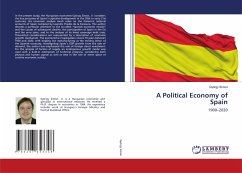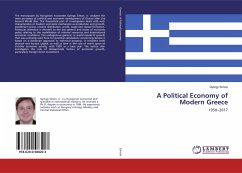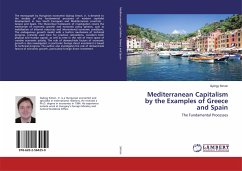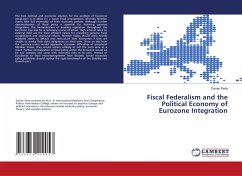
A Political Economy of Spain
1900-2020
Versandkostenfrei!
Versandfertig in 6-10 Tagen
53,99 €
inkl. MwSt.

PAYBACK Punkte
27 °P sammeln!
In the present study, the Hungarian economist György Simon, Jr. considers the key processes of Spain's capitalist development in the 20th to early 21st centuries. His economic analysis much relies on the historical national accounts of Spain compiled by Leandro Prados de la Escosura. The author devotes a particular attention to the so-called "Spanish economic miracle" and the causes of subsequent decline, the participation of Spain in the EU and the euro zone, and to the analysis of its latest sovereign debt crisis. Theoretical considerations are represented by a description of economic growt...
In the present study, the Hungarian economist György Simon, Jr. considers the key processes of Spain's capitalist development in the 20th to early 21st centuries. His economic analysis much relies on the historical national accounts of Spain compiled by Leandro Prados de la Escosura. The author devotes a particular attention to the so-called "Spanish economic miracle" and the causes of subsequent decline, the participation of Spain in the EU and the euro zone, and to the analysis of its latest sovereign debt crisis. Theoretical considerations are represented by a description of economic growth mechanism. The econometric investigation covers 70 years between 1950 and 2020, with singling out manufacturing as the moving sector of the Spanish economy. Investigating Spain's GDP growth from the side of demand, the author has emphasised the role of foreign direct investment. For the analysis of factors of supply, an endogenous growth model was used with a built-in mechanism of technicalprogress, considering both physical and human capital as well as time in the role of event space of creative economic activity.














